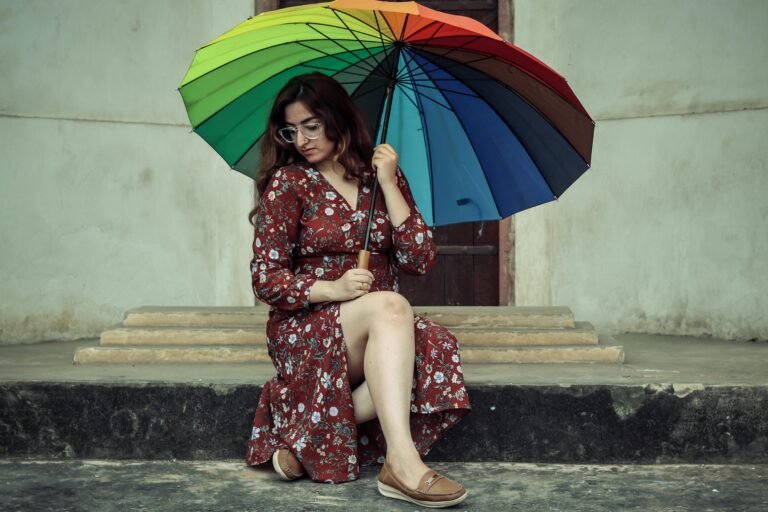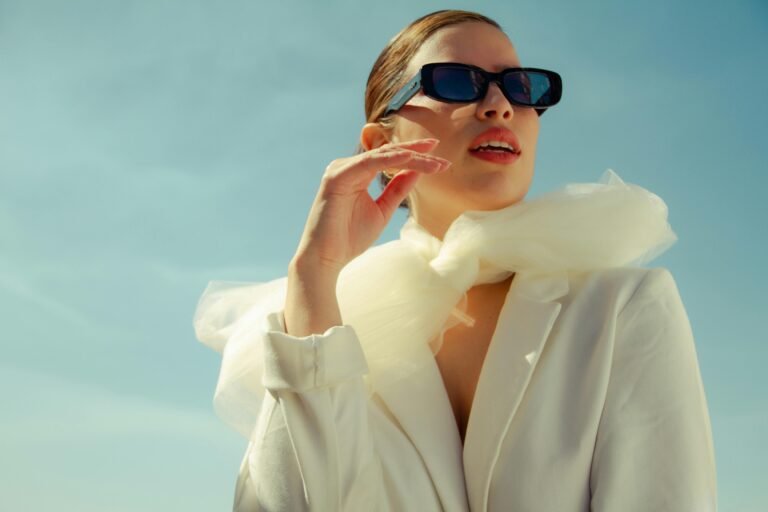What is fashion cycle and Stages ?
The fashion cycle refers to the process through which trends in fashion emerge, gain popularity, peak, decline, and sometimes experience a resurgence. It’s a cyclical pattern that reflects the constant evolution and recycling of styles and ideas within the fashion industry. This cycle is influenced by various factors including cultural movements, technological advancements, historical references, and individual tastes. Understanding the fashion cycle is crucial for designers, retailers, and consumers as it informs decisions related to design, production, marketing, and purchasing of fashion products.
1.Introduction of Trends: The fashion cycle typically begins with the introduction of new trends, which can originate from a myriad of sources including designer collections, street style, cultural movements, or historical references. Innovators and trendsetters often play a key role in introducing these new styles, pushing the boundaries of fashion and challenging conventional norms. These emerging trends are characterized by their freshness, creativity, and ability to capture the zeitgeist of the moment.
2.Rise in Popularity: As trends gain momentum, they enter the rise phase of the fashion cycle. Influencers, celebrities, and fashion enthusiasts embrace these trends, generating buzz and excitement around them. Social media platforms, fashion blogs, and street style photography amplify the visibility of trending styles, making them accessible and aspirational to a wider audience. During this phase, designers and retailers capitalize on the growing demand for these trends by incorporating them into their collections and merchandising strategies.
3.Peak or Culmination: The peak of the fashion cycle represents the zenith of a trend’s popularity and influence. Trending styles become ubiquitous across various segments of society, reflecting broader cultural shifts and societal values. Major fashion events such as runway shows, award ceremonies, and red carpet appearances serve as platforms for showcasing these trends on a global stage. Media coverage and celebrity endorsements further elevate the status of these trends, solidifying their position as cultural phenomena.
4.Decline or Saturation: Following the peak, trends inevitably enter a phase of decline or saturation. As they become increasingly mainstream and overexposed, their novelty begins to wane and consumer interest diminishes. The market becomes saturated with variations and interpretations of the trend, leading to a sense of fatigue and ennui among consumers. Fashion-conscious individuals start seeking out new and alternative styles, signaling the end of the trend’s dominance within the fashion landscape.
5.Resurgence or Revival: Despite their decline, fashion trends often experience cycles of resurgence or revival, where they are reintroduced or reinvented to capture the imagination of a new generation. Nostalgia, subcultural movements, traditional and retro influences frequently contribute to the revival of past trends, albeit with modern twists and reinterpretations. Designers and brands may reimagine iconic styles from the past, giving them a contemporary relevance and appeal that resonates with current tastes and sensibilities.
6.Rejection or Obsolescence: In some instances, fashion trends may face outright rejection or obsolescence, particularly if they fail to evolve or adapt to changing consumer preferences and cultural dynamics. Trends that are perceived as outdated, impractical, or culturally insensitive may quickly fall out of favor, relegated to the annals of fashion history. This rejection signifies a shift in the collective consciousness, reflecting broader shifts in societal values, aesthetics, and attitudes towards fashion.
Overall, the fashion cycle is a cyclical and iterative process that reflects the ever-changing nature of style and culture. It is characterized by a continuous flow of innovation, adoption, adaptation, and renewal, shaping the landscape of fashion and influencing the way we express ourselves through clothing and personal style. By understanding the nuances of the fashion cycle, stakeholders can navigate the complexities of the industry more effectively, leveraging trends to drive creativity, innovation, and cultural relevance within the fashion ecosystem.


